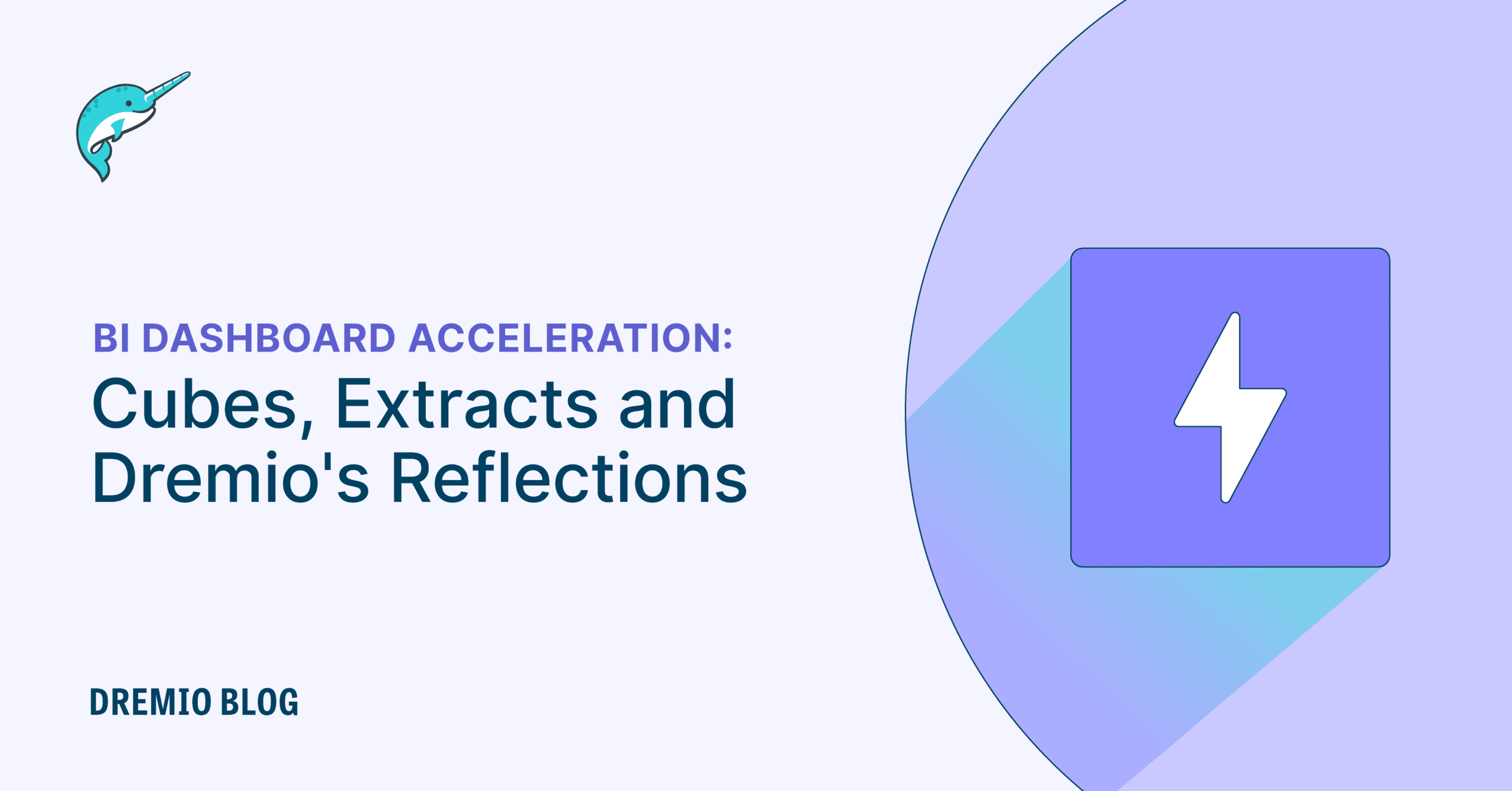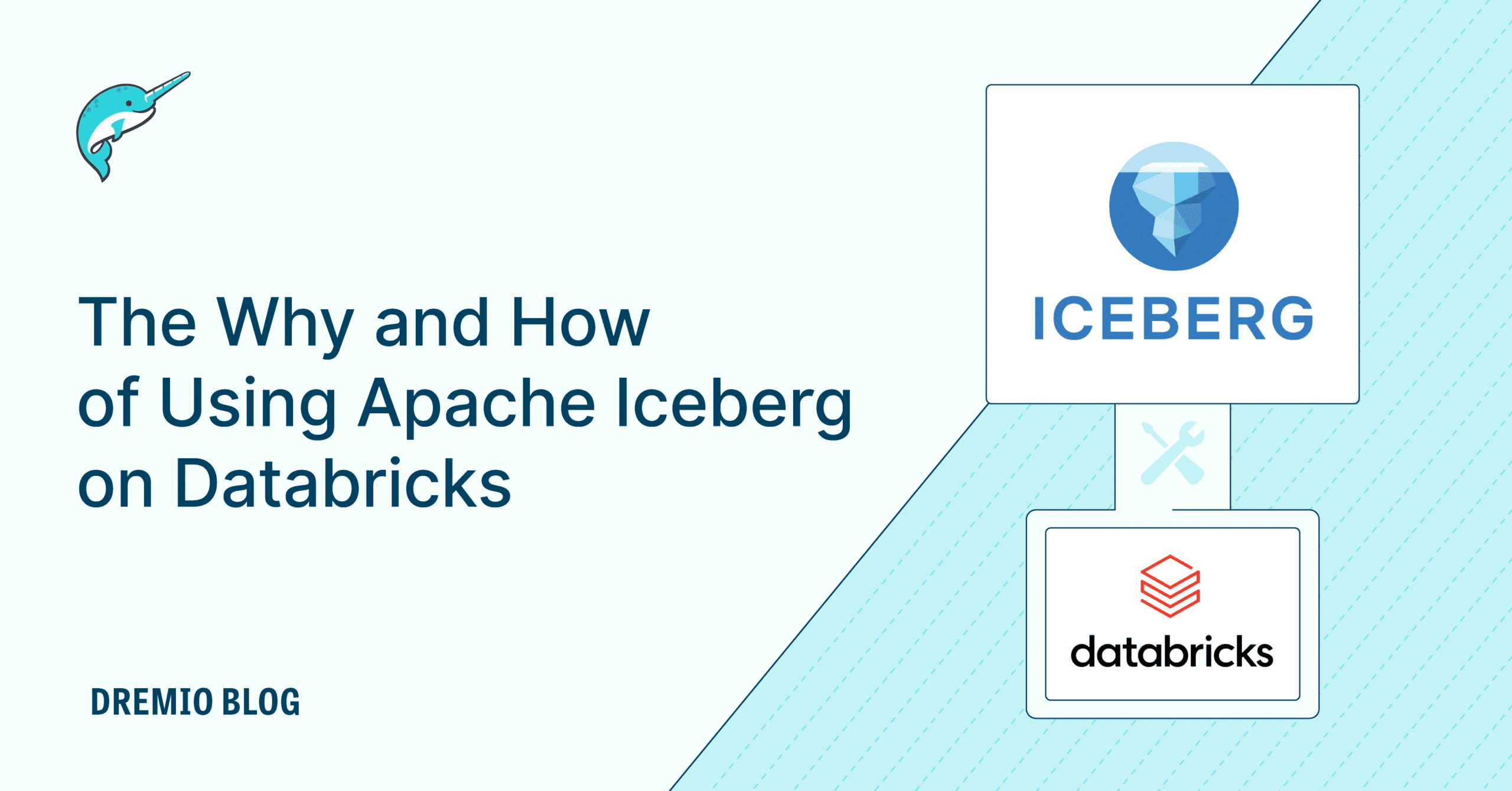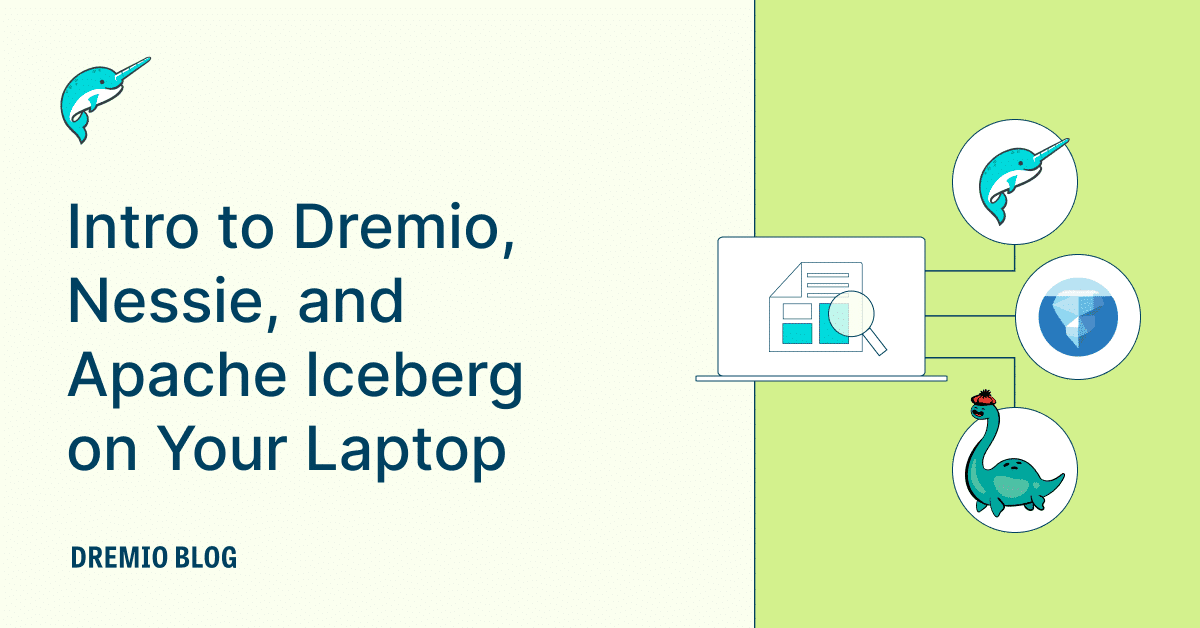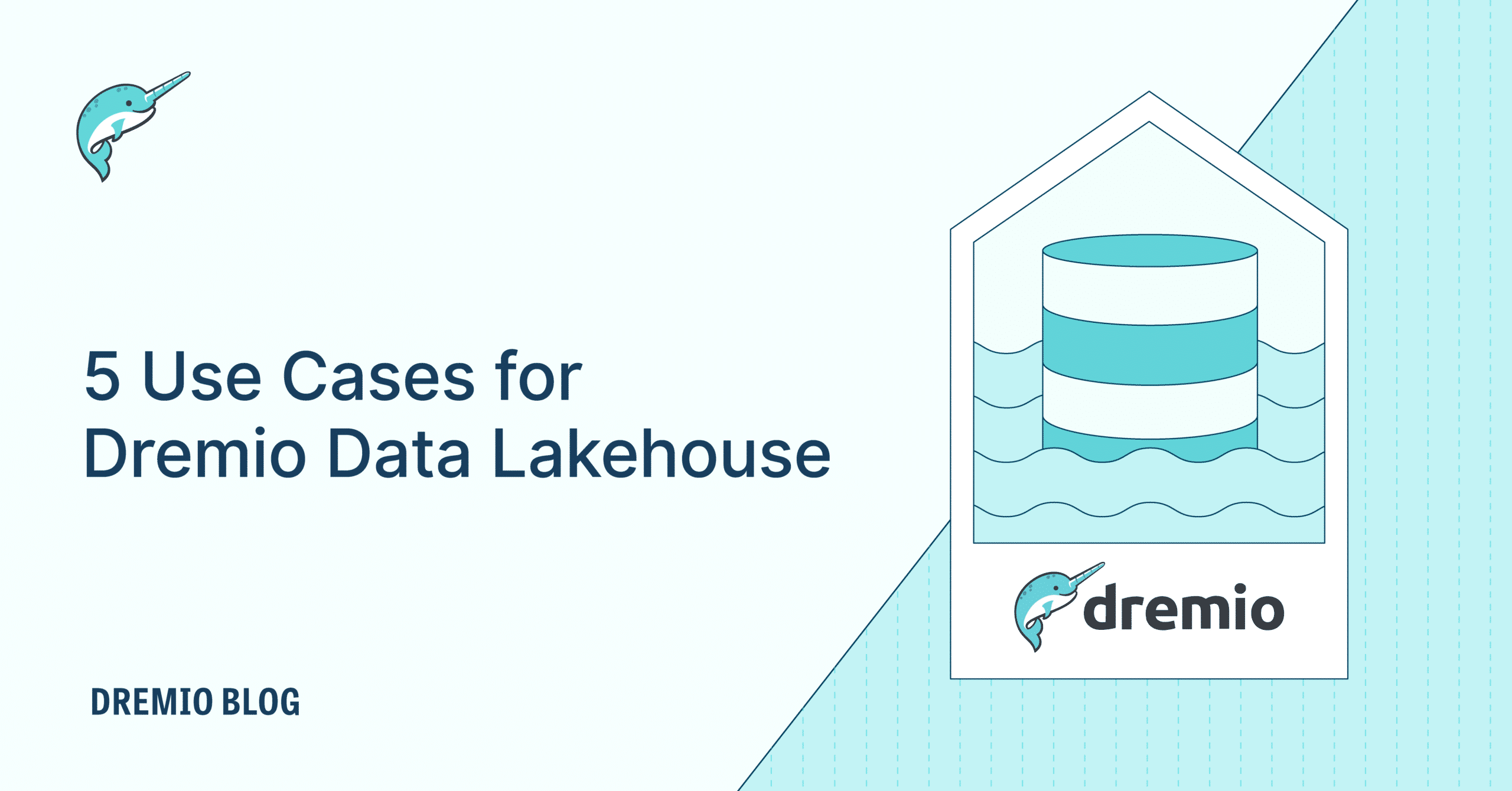11 minute read · December 15, 2023
BI Dashboard Acceleration: Cubes, Extracts, and Dremio’s Reflections

· Senior Tech Evangelist, Dremio

The demand for insightful and high-performance dashboards has never been greater. As organizations accumulate vast amounts of data, the challenge lies in visualizing this data efficiently, especially when dealing with large datasets. In this article, we will delve into the realm of BI dashboards, exploring the hurdles that hinder their performance for sizable datasets. Traditionally, two primary solutions have emerged to tackle these challenges: data extracts and cubes. However, a new player has recently entered the arena, offering a compelling alternative — Dremio's aggregate data reflections. Join us on this journey as we unravel the intricacies of BI extracts and cubes, and discover how aggregate data reflections are revolutionizing the landscape of BI dashboard acceleration.
BI Extracts
Business intelligence (BI) extracts have long been a tool in the arsenal of data professionals. They serve as snapshots or subsets of data from various sources, carefully curated and structured to cater to specific reporting or analytical needs. The fundamental idea behind BI extracts is to improve dashboard performance by pre-aggregating, transforming, and storing data, making it readily available for querying and visualization.
Here's how BI extracts help:
1. Performance enhancement:
One of the primary motivations for using BI extracts is to optimize query performance. By pre-computing aggregations, applying filters, and summarizing data, extracts reduce the time it takes to retrieve and display information on BI dashboards. This results in a more responsive user experience, especially when dealing with complex or resource-intensive queries.
2. Data consistency:
BI extracts offer a consistent view of data. Since extracts are pre-processed and maintained separately from the source data, they provide a reliable and controlled environment for reporting and analysis. This consistency ensures that users across the organization work with the same data version, minimizing discrepancies and improving data accuracy.
3. Reduced load on source systems:
By offloading analytical workloads onto extracts, organizations can lighten the load on their source systems, such as databases or data warehouses. This prevents resource contention and ensures that operational systems remain responsive to their primary functions.
While BI extracts offer several advantages, they also come with their own set of challenges:
1. Data freshness:
One of the significant limitations of BI extracts is that they provide a static view of data. Since extracts are typically generated periodically, such as daily or weekly, they may not reflect the most up-to-date information. This can be problematic when real-time or near-real-time insights are required.
2. Data volume and storage costs:
As data accumulates, the size of BI extracts can grow significantly. Storing and managing these large datasets can become costly and resource-intensive. Moreover, regularly updating and refreshing extracts demands careful orchestration and maintenance. Eventually, these extracts may get large enough to cause OOM (out of memory) issues because the size of the extract exceeds the memory of the machine or machines processing it.
3. Complexity in ETL processes:
Extract, transform, and load (ETL) processes for creating and updating extracts can become complex and time-consuming. Designing and maintaining ETL workflows requires specialized skills, and any errors or delays in these processes can impact the timeliness of insights.
While BI extracts have been a staple in BI operations for years, they may not be the best fit for all scenarios, especially when dealing with rapidly evolving data or the need for near real-time insights. This is where alternative solutions like data cubes and Dremio's aggregate data reflections come into play, offering innovative ways to address the challenges posed by large datasets in BI dashboard acceleration.
Data Cubes
Data cubes are another well-established technique in business intelligence and data analysis. They offer a unique way of organizing and pre-aggregating data for enhanced reporting and analytical purposes. At their core, data cubes allow for the slicing and dicing of data along multiple dimensions, providing a holistic view of information.
Here's how data cubes help:
1. Multidimensional analysis:
Data cubes excel in multidimensional analysis, allowing users to explore data from various angles or perspectives. By arranging data along dimensions like time, geography, product categories, or customer segments, cubes empower users to gain deeper insights into their data.
2. Fast query performance:
Much like BI extracts, data cubes are designed to accelerate query performance. Since cubes precompute aggregations and store them in a structured format, queries can be answered quickly, even when dealing with large datasets. This speed is particularly valuable when dealing with complex analytical questions.
3. Flexible exploration:
Data cubes offer flexibility in data exploration. Users can pivot, drill down, or roll up data along dimensions, allowing for ad hoc analysis and discovery. This agility in exploration makes data cubes a preferred choice for users who need to interact with data dynamically.
However, data cubes are not without their own set of challenges:
1. Cube build complexity:
Building and maintaining data cubes can be a complex and resource-intensive process. Creating cubes often involves the ETL process to populate and update cube structures. This complexity can result in higher development and maintenance costs.
2. Cube refresh latency:
Similar to BI extracts, data cubes suffer from refresh latency. The data within cubes is not real time and needs periodic updates, which can be a limitation in scenarios where up-to-the-minute insights are crucial.
3. Scalability concerns:
As datasets grow, maintaining data cubes can become challenging. Cubes may become too large to fit into memory, leading to performance bottlenecks. This scalability concern can hinder working with increasingly massive datasets efficiently.
Data cubes have been valuable for organizations seeking to accelerate BI dashboards and enable multidimensional analysis. However, their limitations in terms of data freshness, complexity in cube builds, and scalability concerns have led to the exploration of alternative solutions like Dremio's aggregate data reflections, which aim to address these challenges and offer a more agile approach to data acceleration in the world of BI dashboards.
Dremio’s Aggregate Data Reflections
Dremio’s data reflections introduce a paradigm shift in how organizations approach data acceleration, offering solutions to some of the key challenges posed by BI extracts and data cubes.
1. Real-time data availability:
Aggregate data reflections shine in their ability to provide near-real-time access to data. Unlike BI extracts and data cubes, which rely on periodic updates, reflections continuously refresh, ensuring users access the freshest insights possible. When a reflection is refreshed, Dremio can assess whether the changes are append-only or the result of other DML operations (updates/deletes) and may apply different types of incremental updates instead of a full refresh (drop then re-create). This real-time data availability is crucial for organizations where timely decision-making is paramount.
2. Simplified data preparation:
One of the standout advantages of aggregate data reflections is their streamlined approach to data preparation. Rather than requiring complex ETL processes to create and maintain separate data structures, reflections leverage advanced query optimization techniques and can be enabled at the flip of a switch on the Dremio UI or via an SQL query. This simplification in data preparation reduces development time and lowers maintenance overhead.
3. Scalability and performance:
Aggregate data reflections are designed with scalability in mind. They can efficiently handle large datasets and complex queries, offering consistent, high-performance results. The ability to scale with data growth is a significant advantage, ensuring BI dashboards remain responsive even as data volumes increase.
4. Adaptive query acceleration:
Reflections go beyond static pre-aggregation by dynamically adapting to user queries. They intelligently optimize query execution by utilizing the right reflections for each query, resulting in faster response times. This adaptability caters to the evolving analytical needs of organizations.
5. Reduced data redundancy:
Unlike traditional BI extracts that duplicate data, aggregate data reflections reduce data redundancy by maintaining a single copy of the source data. This minimizes storage costs and ensures data consistency, as there's no need to synchronize changes across multiple copies of the data.
6. Comprehensive data access:
With reflections, users can access data from various sources, including relational databases, NoSQL stores, and data lakes. This versatility in data source support makes reflections a powerful tool for organizations with diverse data ecosystems.
Aggregate data reflections offer a compelling solution to the challenges posed by BI extracts and data cubes. They bring agility, real-time capabilities, and simplicity to the BI dashboard acceleration process, ultimately empowering organizations to make data-driven decisions with ease and speed. As the landscape of BI continues to evolve, reflections represent a modern and efficient approach to achieving high-performance data analytics, unlocking the full potential of large datasets for insightful decision-making.
Conclusion
As we conclude this exploration, it's evident that Dremio's reflections represent a modern and efficient path toward high-performance data analytics. They empower organizations to unlock the full potential of their vast datasets, enabling data-driven decisions with unparalleled ease and speed. In an era where data insights are crucial, aggregate data reflections are a beacon of innovation, ushering in a new era in the ever-evolving realm of business intelligence. Embracing these innovations, organizations can chart a course toward more agile, responsive, and insightful data-driven decision-making, driving their success in an increasingly data-centric world.


